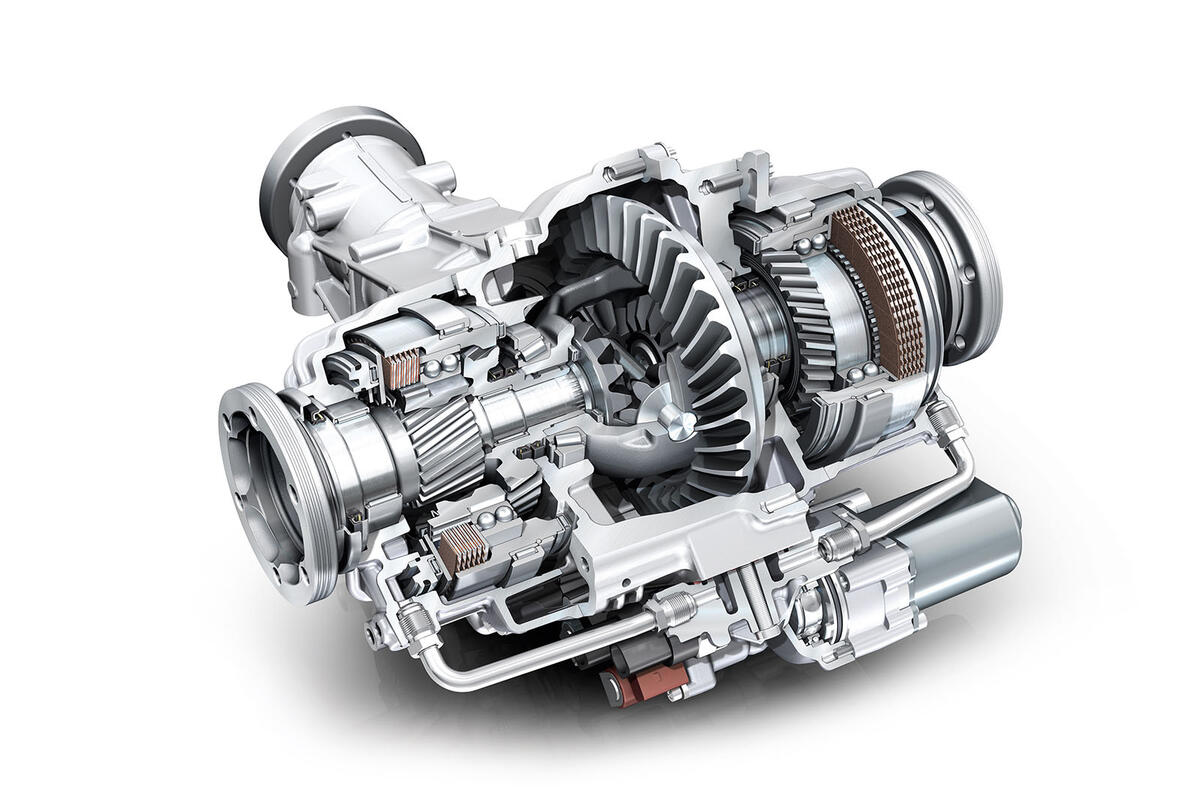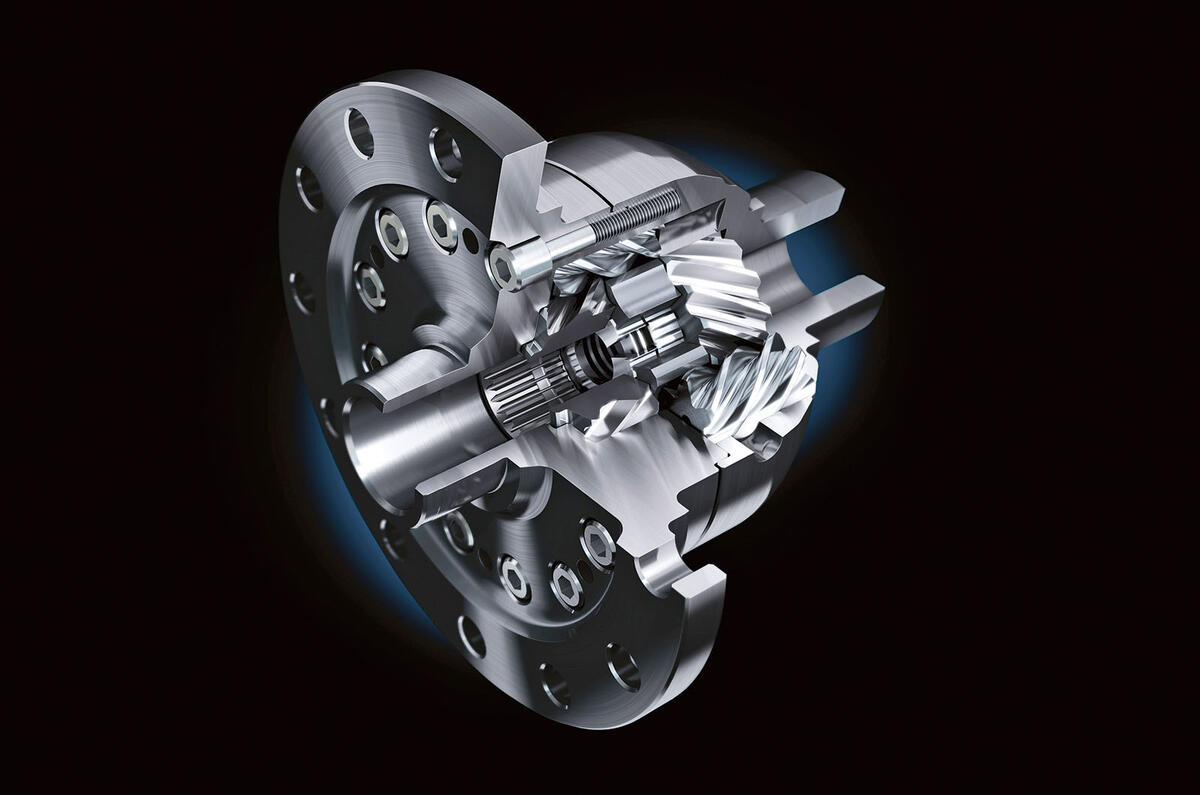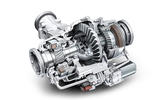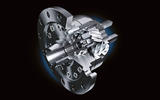One of the great unsung heroes in any decent performance car is a limited-slip differential (LSD). Sometimes essential, a ‘slipper’ will almost always make a quick rear-wheel drive car more involving to drive. When Alfa Romeo launched the new driver-focused Alfa Romeo Giulia and Alfa Romeo Stelvio last year, there were two new limited-slip ‘diff’ options on offer: traditional mechanical or electronic with torque vectoring.
A differential is a mechanical analogue computer, an infernal machine both complex and simple at the same time, without which cars just couldn’t work at all. When a car rounds a bend, the outside wheel on each axle has to travel farther and spin faster. A differential allows that on each driven axle while still transmitting torque to both wheels – so no freewheeling. At its heart is a small cluster of conical-shaped bevel gears, and it’s these that allow the two sides of the axle to rotate at different speeds when they need to.
There’s an inherent weakness, though, and when driving hard a performance power struggle kicks off. Grip is never exactly equal at each wheel due to things such as weight distribution, road surface conditions and even tyre pressures. Despite apparently holding all the cards, the wheel with the most grip has the worst bargaining power, and torque takes the easy route to the wheel with least grip. If the grip on one side is poor enough, the wheel will spin and little or no drive torque will go to the other – and if it becomes airborne, all drive is lost.
To plug that loophole an arbitrator is needed to negotiate a more equitable torque split, and that’s where the limited-slip differential comes in. A traditional example has a clutch pack mounted either side of the internal gear cluster. When one wheel begins to rotate faster, a ramp mechanism compresses the clutch plates on both sides, progressively locking the two wheels together. In motorsport differentials, it works in both power-on and power-off situations, making the differential an essential tool for steering the car on the throttle. A variation on the theme is the Torsen – a contraction of ‘torque sensing’ – differential with a system of helical gears to do a similar job as the clutch plates.
In modern electronically controlled limited-slip differentials the clutch packs are controlled electro-hydraulically. The clutches can be controlled individually to vector torque from one side of the axle to the other, creating torque vectoring system.










Add your comment